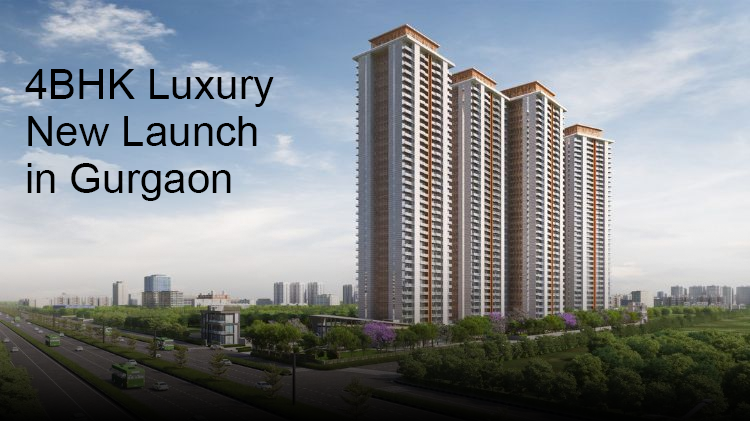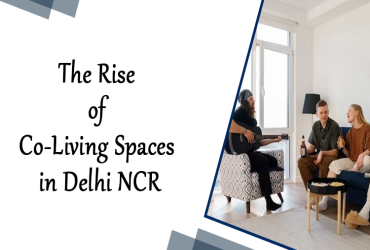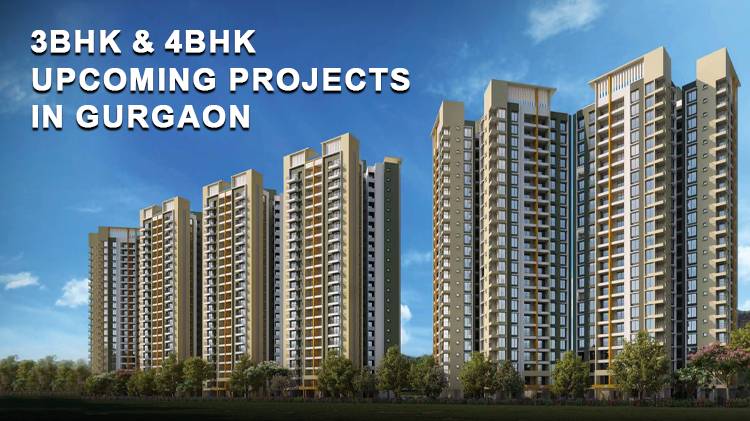
Delhi NCR (National Capital Region) has witnessed a transformative evolution in its housing landscape over the past decades, with co-living spaces emerging as a popular alternative to traditional rental accommodations. These modern communal living arrangements cater to students, young professionals, and millennials who prioritize affordability, community living, and convenience. The blog explores the factors driving the rise of co-living spaces in Delhi NCR, as well as the challenges, prospects, and benefits.
What Are Co-Living Spaces?
Co-living spaces are shared accommodations where individuals rent private or shared rooms while benefiting from communal amenities such as gyms, kitchens, lounges, and recreational areas. Unlike traditional rental housing, co-living emphasizes community building and hassle-free living by offering curated services like housekeeping, social events, and maintenance.
Why Co-Living is Thriving in Delhi NCR
Several factors contribute to the growing popularity of co-living spaces in Delhi NCR.
1. Urbanization and Housing Challenges
Delhi NCR is one of India’s most densely populated regions, attracting millions of professionals and students annually. Traditional rental housing often comes with challenges like lengthy negotiations, high deposits, and a lack of standard amenities. Co-living spaces address these issues by offering ready-to-move-in accommodations with transparent terms.
2. Millenial Preferences
Millennials and Gen Z are redefining housing norms by prioritizing experiences over ownership. With escalating real estate prices making homeownership less attainable, co-living provides an affordable yet aspirational lifestyle. These spaces align with their values of flexibility, convenience, and community engagement.
3. Techlogcial Integration
Co-living operations leverage technology to streamline processes like payments, bookings, and facility management. Apps and platforms allow tenants to effortlessly access services like event registrations and housekeeping requests.
4. Economic Feasibility
For landlords and developers in Delhi NCR struggling with unsold inventory in residential projects, converting properties into co-living spaces offers higher rental yields. This makes co-living a lucrative business model for real estate players.
Key Features of Co-Living Spaces
Co-living spaces stand out due to their Unique Offerings:
|
Fully Furnished Rooms |
Tenants enjoy designer interiors equipped with essentials like study tables, air conditioning, beds, and storage units. |
|
Community Amenities |
Shared facilities include gyms, libraries, gaming zones, terrace lounges, and much more. |
|
Curated Services |
Daily housekeeping, Wifi connectivity, on-call maintenance support, and curated meals. |
|
Social Activities |
Weekly events such as workshops, live music sessions, and stand-up comedy nights foster a sense of belonging among residents. |
|
Flexible Occupancy Options |
Single rooms to shared accommodations are available based on individual preferences and budgets. |
Benefits of Co-Living Spaces
-
Affordability
By sharing rent and resources among residents, co-living significantly reduces the cost of living compared to renting independent apartments.
-
Convenience
Tenants avoid common hassles like negotiating security deposits or managing utility bills. The plug-and-play model ensures a seamless living experience from day one.
-
Community Building
Co-living fosters social interactions through shared spaces and organized events. Many operations match residents based on personality profiling to ensure compatibility.
-
Time Efficiency
With the domestic responsibilities outsourced, residents can focus on personal growth or professional pursuits.
Conclusion
The rise of co-living spaces in Delhi NCR signifies a shift toward modern urban lifestyles that prioritize community and convenience over traditional norms of home ownership. As millennials redefine housing expectations amidst economic constraints and changing societal values, co-living emerges as a sustainable solution that blends affordability with experiential living.


.png)


3 Comments